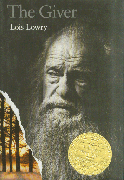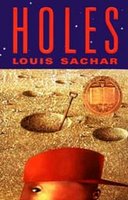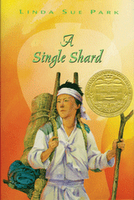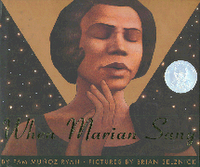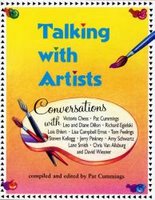 BIBLIOGRAPHY
BIBLIOGRAPHY
Carlo Collodi, 1995. Pinocchio. Ill. By Ed.Young. New York: Philomel Books. ISBN: 0399229418 Reading level:4-8
PLOT SUMMARYOnce upon a time, Geppetto, a puppet maker in a town in Italy, made a doll and named it Pinocchio. Pinocchio could speak, think, and walk without wires, even though he was made of wood. But, Pinocchio was a mischievous and naughty puppet. One day, Pinocchio went to the puppet theater and was almost killed by a fire-eater. After many twists and turns, Pinocchio survived and earned five gold pieces from the fire-eater. But, on the way home, a fox and a cat wiled Pinocchio into burying his money in the filed for a miracle- a gold coin tree, and the two assassins tried to rob him. But, the fairy saved him from those assassins. For the fairy’s questions “where is the money?” Pinocchio answered with a lie saying that he lost his money, but the money was in his pocket. As he lied his nose grew longer. The fairy stopped his nose from growing and said, “If you will remain with me, you shall be my little brother and I will be your good little sister.”
Finally, Pinocchio buried his money in the filed of miracle, but he found there is no gold-coin tree and his money was no longer there. Then a large pigeon came and brought him to a beach which had roaring waves. And there, the terrible Dogfish swallowed his father, and Pinocchio returned without knowing his father was gone. At this time, Pinocchio went to the land of toys lured by Candlewick and was turned into the donkey.
Pinocchio jumped into the sea and turned back to a normal puppet, but was swallowed by the Dogfish. And in the belly of the dogfish, he finally met his father. While the dogfish was sleeping at night, Pinocchio and Geppetto came out of the fish, and went back to home. The next day, Pinocchio’s long time wish finally becomes true and he turns into a real boy.
CRITICAL ANALYSISThis adaptation version, ‘The adventures of Pinocchio’ is shorter than the original. It consists of thirteen scenes and the author used the stock-in-trade of the Italian theater, commedia dell' arte, especially, Harlequin in the Fire-eater scene. A Chinese-American illustrator, Ed Young used a collage which makes this book unique and dynamic, and gives a three-dimensional effect. Sometimes, it is difficult to read the story because of the dark colors and texture of background, but it is also interesting to look the detail of the picture, some are double–page spread.
REVIEW EXCERPTSBooklist v. 93 (November 15 1996) p. 586
"Ed Young presents an illustrated edition of this famous Italian fantasy. Although his version of the story is considerably shorter than Collodi's text, it retains a sense of the adventure, humor, and pathos that made the original Pinocchio a classic. . . . The exaggeration of the characters' shadows in several scenes makes good use of the collage medium and significantly heightens the dramatic effects of the artwork. A handsome, large-format volume, this edition will attract readers looking for an abridged and well-illustrated version."
The Horn Book v. 72 (November/December 1996) p. 720
Title: Pinocchio"This version is an artistic achievement in its own right rather than a diluted production for the mass market. By dividing the book into 'scenes' and conveying most of the action through dialogue, Ed Young adds a new, appropriately theatrical, dimension to Collodi's classic study. An elegantly phrased author's note precedes the story, placing it in the tradition of the commedia dell'arte, isolating the elements that endow it with universal appeal, and giving a sound rationale for transforming it into a play. And transformed it is through an absorbing series of cut-paper collages that not only interpret the text but virtually embrace it through thoughtful page design. The illusion of an improvisational production is enhanced by the grouping of the original chapters into scenes that emphasize the badinage and wit of the original."
CONNECTIONS*
Discussion SubjectWhat kinds of lessons you can get from this book?
What happened when Pinocchio told a lie? What happen to you if you lie?
Compare role of the fairy in this book and ones in other books.
*
Other version of PinocchioCollodi, C., et. al. The adventures of Pinocchio. ISBN: 1-586-42052-6
Collodi, Carlo; Grimly, Gris, ed. Pinocchio. Illustrations by Gris Grimly ISBN: 0-7653-0591-7

